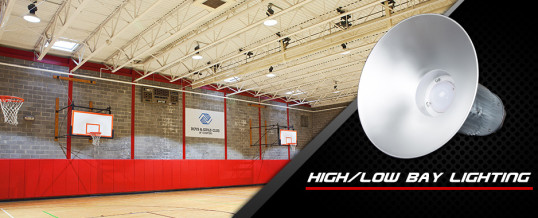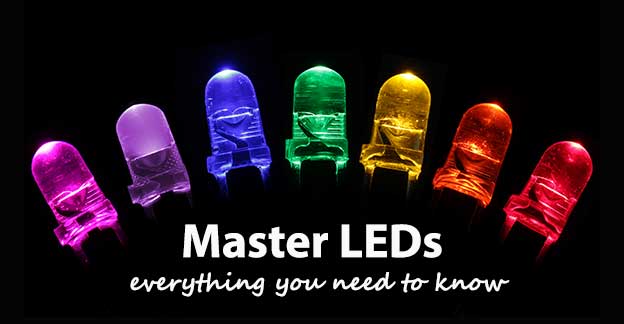
The lighting industry has never been more alive. The business is evolving faster with new opportunities and technologies every day and in my new role as the global CEO of the lamps business at OSRAM, I have the privilege of leading our journey into this exciting future. The sweeping, dynamic innovation of the lighting industry is challenging how we do business from product development to consumer and customer engagement. That is why it has never been more important to understand what consumers know – and don’t know – about LED lighting technology.
Recently, we released the results of this year’s edition of the OSRAM SYLVANIA Socket Survey, a report that examines consumer awareness, adoption and understanding of lighting technology. Now in its seventh year, the survey has evolved from initially helping us understand how aware and prepared consumers were for the phase out of incandescent bulbs to current research more heavily focused on LED lighting and smart, connected lighting technology.
I am pleased to report that consumer adoption of LEDs is on the rise as 65 percent of Americans surveyed have purchased LEDs for use in their homes and the majority (64 percent) of those who did, purchased LED bulbs for use in sockets. Of the respondents who were identified as LED bulb users, the most valued benefits of making the switch were reduced energy consumption (96%), longer bulb lifespan (93%) and cost savings (93%). As the price of LED lighting continues to come down, what was perhaps a prohibitive barrier is beginning to be perceived as a value, with 86 percent of Americans who have purchased LEDs believing the initial cost was worth it. Consumers like what they’re seeing, which underscores how important it is for us to continue delivering quality LED products to the market.
From FitBit to Nest, the Internet of Things continues to take the world by storm, and the lighting industry is no different. Smart lighting is the next big frontier and awareness of this technology is high at 62 percent of those surveyed. However, we’re still very early in the adoption cycle, with only one in 10 reporting they have purchased smart lighting products. Fortunately, consumers who are interested in the smart, connected home understand the role and value that lighting can provide, as 83 percent of those surveyed believe that smart lighting is a good introduction to home automation technologies.
There are certainly areas of opportunity for improvement, and consumer education is always a priority. Though we’ve seen great progress with virtually all survey participants (99%) aware of LED lighting versus only 69 percent in 2012, consumers’ top sources of information about lighting products continue to be in-store displays, retail employees and product packaging. Our industry’s evolution certainly isn’t slowing down, which makes educating consumers all the more important to continue today. By partnering closely with the retail industry, we can work to ensure that purchasing decisions around lighting are as informed as possible.
The future will continue to bring new and exciting innovation, not only in technology but also in our understanding of how lighting impacts our productivity, health and well-being. Today, consumers recognize poor lighting when they see it, but they can’t necessarily articulate what makes for ‘good’ or ‘appropriate’ illumination. Imagine a world where we won’t need to think about our lighting at all because it will adapt to our behavior, the task at hand, the time of day and the setting. As we continue to inject software-fueled intelligence into our lighting systems, it’s clear that future has arrived.
Halfway into what the United Nations has named the International Year of Light, the Socket Survey shows that we’re making positive progress and guides us to where work still needs to be done. Looking ahead, I can’t help but feel confident about where we are and where we are going.




